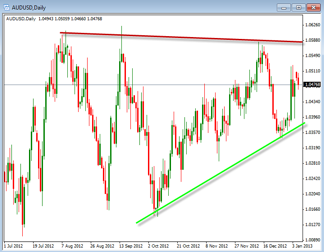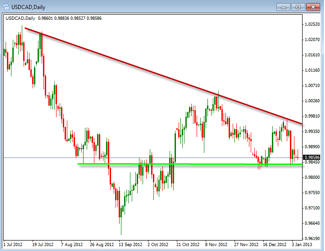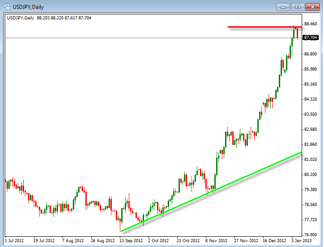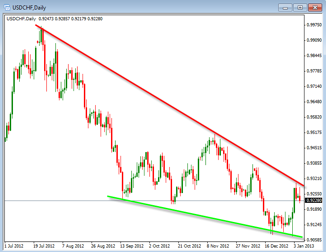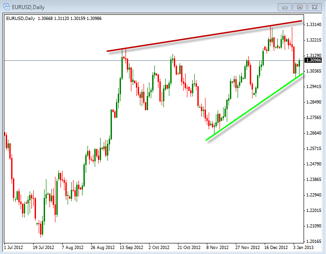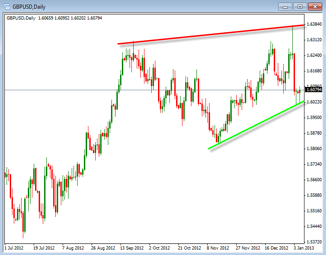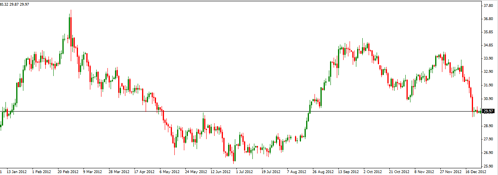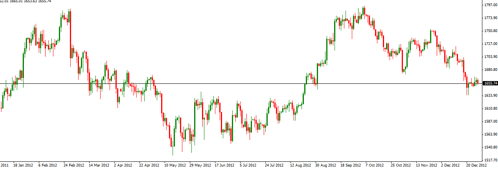The New Year is a great time to sit down and evaluate trading goals and objectives for the coming year. It doesn’t matter whether we are trading Stocks, ETFs, or Forex, it is important to look at what has worked for us and maybe what hasn’t worked so well, and then incorporate those ideas into our trading plan for the 2013.
Even if we have a good trading plan, like anything important in life, we should set aside time periodically to evaluate that plan and refine it with our current and future goals in mind. To evaluate our trading plan, we first must have a trading plan to evaluate, It is a little like reviewing your Will or whether you have enough Life insurance for your individual circumstances. It is very difficult to evaluate something that is more concept than reality. So if you don’t have a written trading plan, now is the time to get one now and make sure it is in writing. I have heard it said: “A goal not written is only a wish.” A Trading Plan not written down is only a dream, and dreams are good, but it is very difficult to execute a dream.
When thinking of a written trading plan for yourself, you should consider something akin to a personal trading Mission Statement. A Business would have a difficult time succeeding in the marketplace without clear goals and plans for the future including some details. We as individual trader’s need to look at our trading activities more as a business or trading enterprise with clearly stated goals and resolutions and objectives. This written trading plan should be like a written trading constitution which defines our trading plan.
When we think of trading plans, sometimes we think our trading rules are our plan and therefore don’t need anything more comprehensive. However, I am convinced and believe completely that we can have the best system available or the best trading rules, or the best indicators for our setups or our entries and exits, but without CONSISTANT application of that system or those rules we will have a difficult time being successful. A system is NOT a trading plan it is only part of a trading plan.
We need to start to think of ourselves at a trading business not just a trader. And a trading business would include an overall look at our trading goals and objective, our trading routine, our trading capital etc. Also, in our trading business we should be keeping appropriate records or a trade journal. In other words, I am speaking of what and why, not just the how.
And there is no time like the present to get going. Sit down over a couple of “self-evaluation” sessions and ask yourself some tough questions about your trading and how you think you can become a better more consistent trader and be prepared to write down some honest answers to those questions. When you identify areas where you can improve include them into your specific action plans as part of your 2013 Trading Plan and be prepared to review these periodically, say monthly or quarterly.
One last recommendation; share your plan with a trading friend or partner. This will help to you become more accountable and give you more incentive to make the changes you would like to make and stick to those changes. Just like other new year’s resolutions, if you involve others in your goals, you will find that you may have more support to improve your trading.
Trader’s Challenge: Sit down and write out a personal trading plan including; a trading mission statement, your trading goals, and your trading routine. Then share it with a trading friend or mentor.
